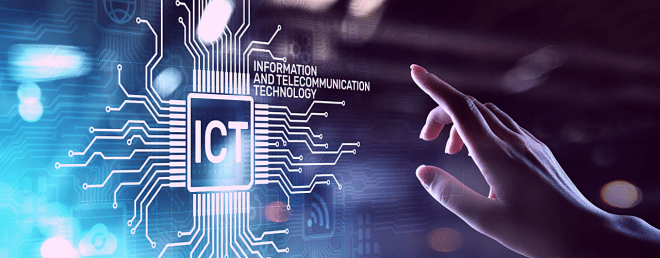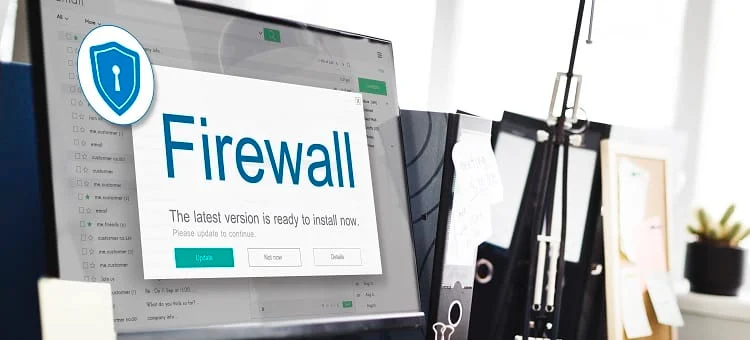Common ICT Myths and Misconceptions Debunked
In the realm of Information and Communication Technology (ICT), several myths and misconceptions persist, leading to misunderstandings and potential security risks. Let’s address and debunk some of these common myths:
1. Macs Are Immune to Viruses and Malware
Myth: Apple’s macOS is impervious to viruses and malware.Unique System Skills LLC
Reality: While macOS has historically been less targeted than Windows, it is not immune to threats. As Macs have gained popularity, they have become more attractive targets for cybercriminals. Unique System Skills LLC
2. Incognito Mode Provides Complete Anonymity
Myth: Using incognito or private browsing mode ensures total privacy online.Connect2geek.com
Reality: Incognito mode prevents your browser from storing your history and cookies but does not hide your activity from websites, your Internet Service Provider (ISP), or potential hackers. Your online actions can still be tracked. Connect2geek.com+1PCMAG+1

3. Small Businesses Are Not Targets for Cyber Attacks
Myth: Cybercriminals only focus on large organizations; small businesses are safe.Connect2geek.com+1TechGuard Security | Home+1
Reality: Small businesses often lack robust security measures, making them attractive targets for cyber attacks. Implementing strong cybersecurity practices is crucial, regardless of business size.
4. Hiding Your Wi-Fi SSID Enhances Security
Myth: Concealing your Wi-Fi network’s SSID (name) prevents unauthorized access.PCWorld
Reality: Hiding the SSID does not offer significant security benefits, as determined attackers can still detect hidden networks. It’s more effective to use strong passwords and up-to-date encryption methods like WPA3. PCWorld
5. Antivirus Software Alone Provides Complete Protection
Myth: Having antivirus software installed is sufficient to protect against all cyber threats.
Reality: While antivirus software is essential, it’s just one layer of defense. Comprehensive cybersecurity includes firewalls, regular software updates, user education, and multi-factor authentication. TechGuard Security | Home

6. Charging Devices Overnight Damages the Battery
Myth: Leaving your smartphone or laptop plugged in overnight harms the battery.
Reality: Modern devices are designed to stop charging once they reach full capacity, preventing overcharging. However, it’s advisable to keep devices between 20% and 80% charge to optimize battery lifespan. PCWorld
7. The Cloud Is Always Free
Myth: Cloud storage services are free of charge.MyFastech
Reality: While many cloud providers offer limited free storage, additional capacity and advanced features typically come at a cost. It’s important to review service plans and understand potential fees.
8. You Need a Computer Science Degree for an ICT Career
Myth: A formal degree in computer science is mandatory for a career in ICT.
Reality: Many ICT roles value skills and experience over formal education. Certifications, bootcamps, and self-learning can also pave the way to a successful career in technology. CareersCompass by MyCareersFuture+1ICTworks+1
Understanding the realities behind these myths can lead to better decision-making and enhanced security in our digital lives.






